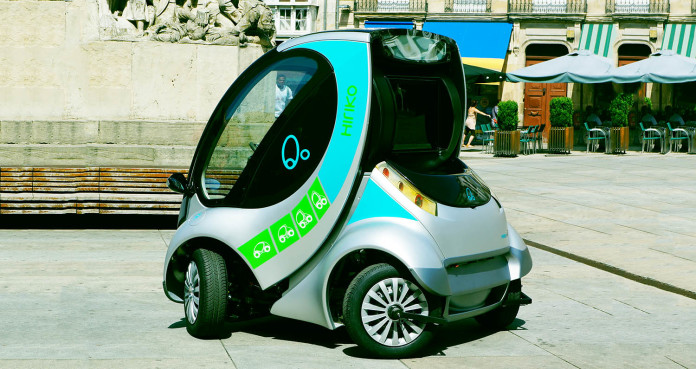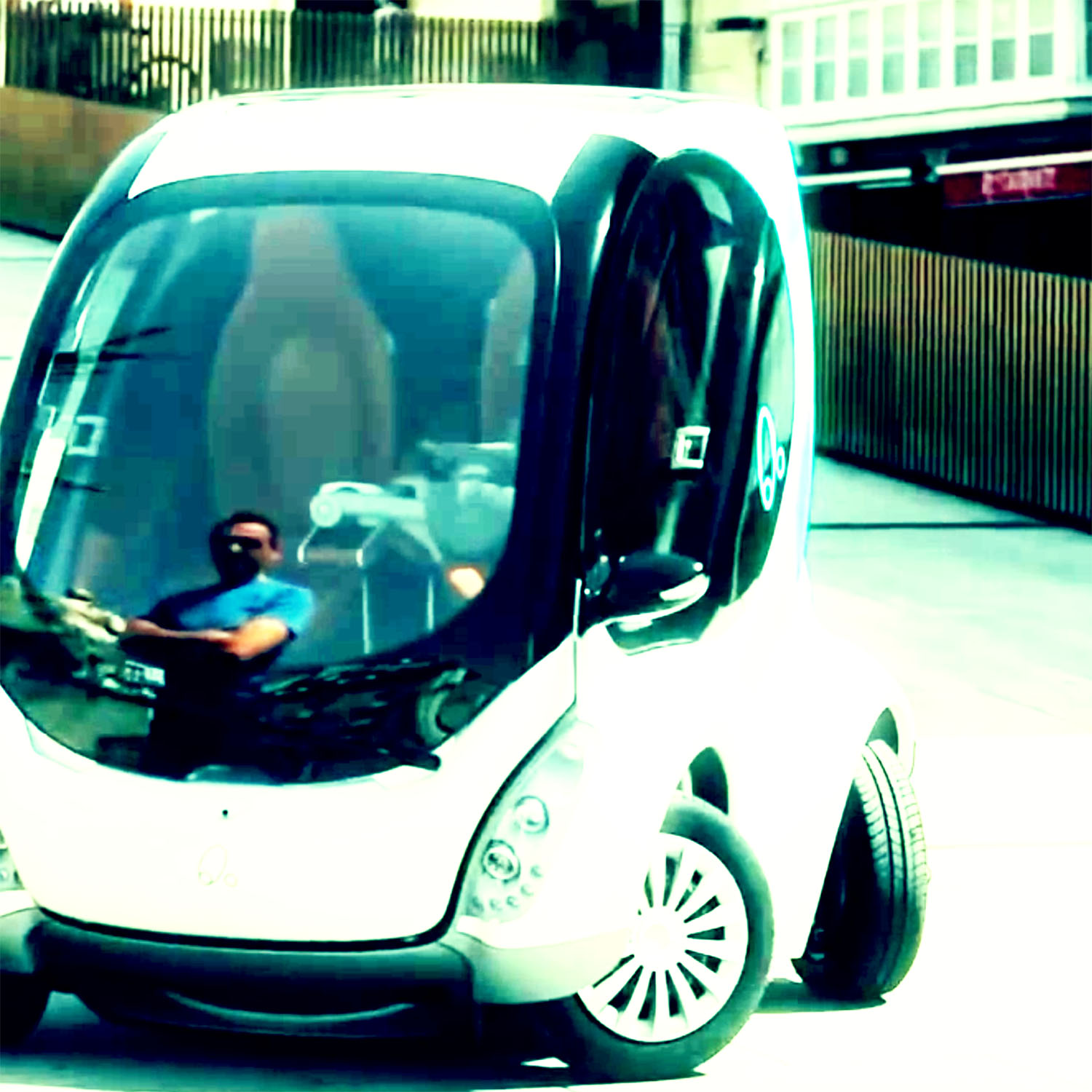
MIT designed the CityCar a few years ago, but after going into development, the now called Hiriko Car or ‘car of the future’ is obsolete. The initial CityCar was a small electric two passenger car with ‘robot wheels’ and a bubble-like design, and most remarkably, the car could fold in itself, fitting seven of the pod-like vehicles can fit into two parking spaces.
The cars were meant to be shared among citizens and used like a bike share and the very idea of revolutionizing urban spaces in this way brought excitement to Europe, who undertook the project and decided to bring it to life. Come 2008, a handful of Spanish companies got together to turn the CityCar into what was later called the Hiriko Car Project. The first car debuted in 2012, and it was acclaimed for the idea it represented and for the change it would bring.

Fast forward three years later, when seven of the associates in the project are under investigation for misuse of public funds and for falsifying documents. The entire project was shut down and its participants laid off, some of which are now suing for severance pay. The project’s assets are frozen, and some former employees have revealed that some parts of the car debuted in 2012 were glued with Velcro and superglue.
Today, the Hiriko Car Project buildings are abandoned, and there hasn’t been word on where that first car lies now. The team behind the initial design at MIT believe it’s probably for the best, since self-driving cars are the new trend, and he is currently developing one that, instead of saving parking space, doesn’t need to be parked at all. The CityCar was the car of the future then, and self-driving cars are the car of the future now.

















